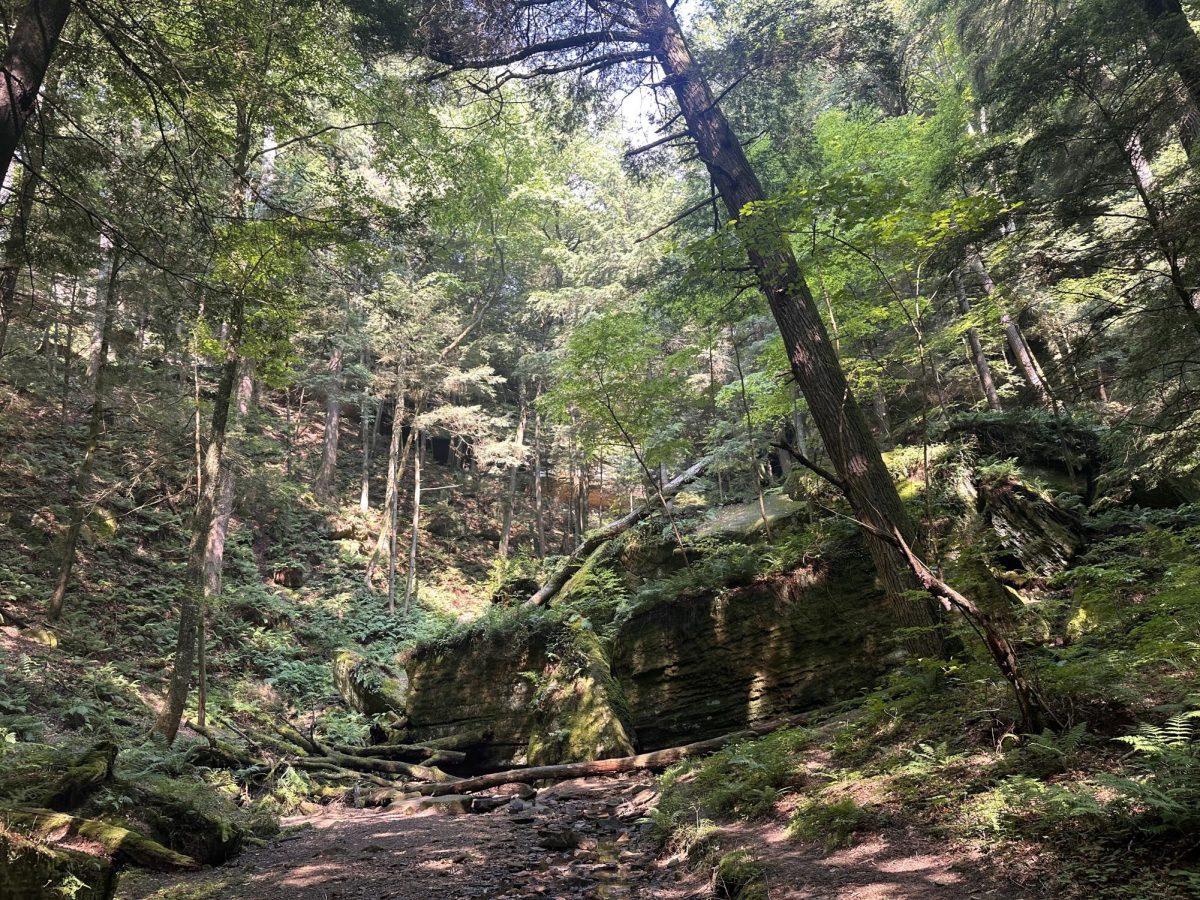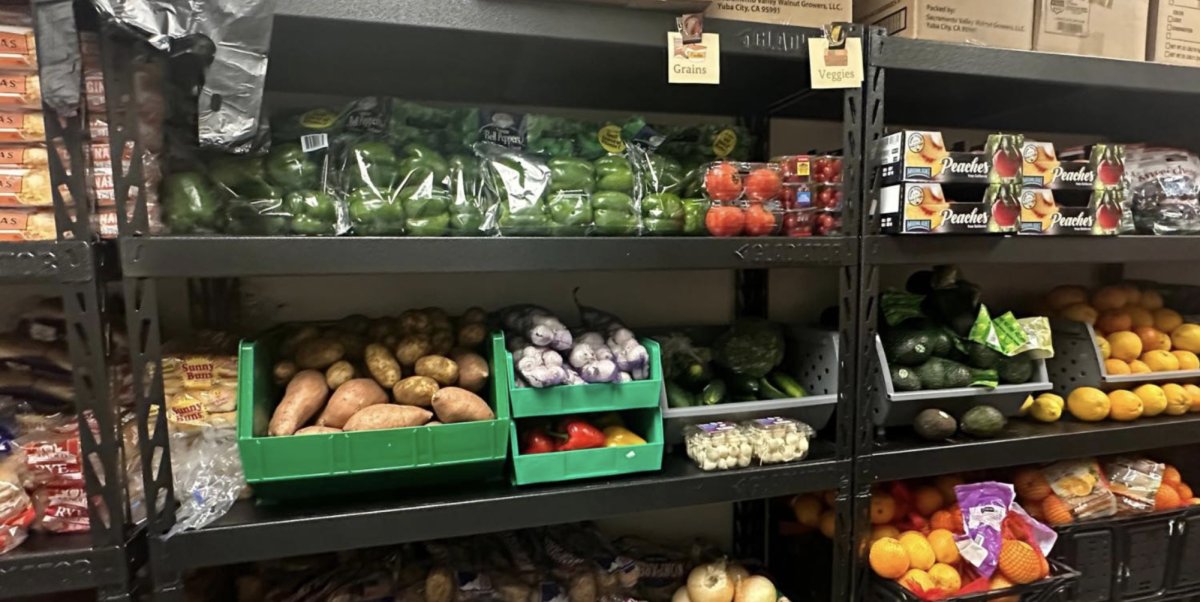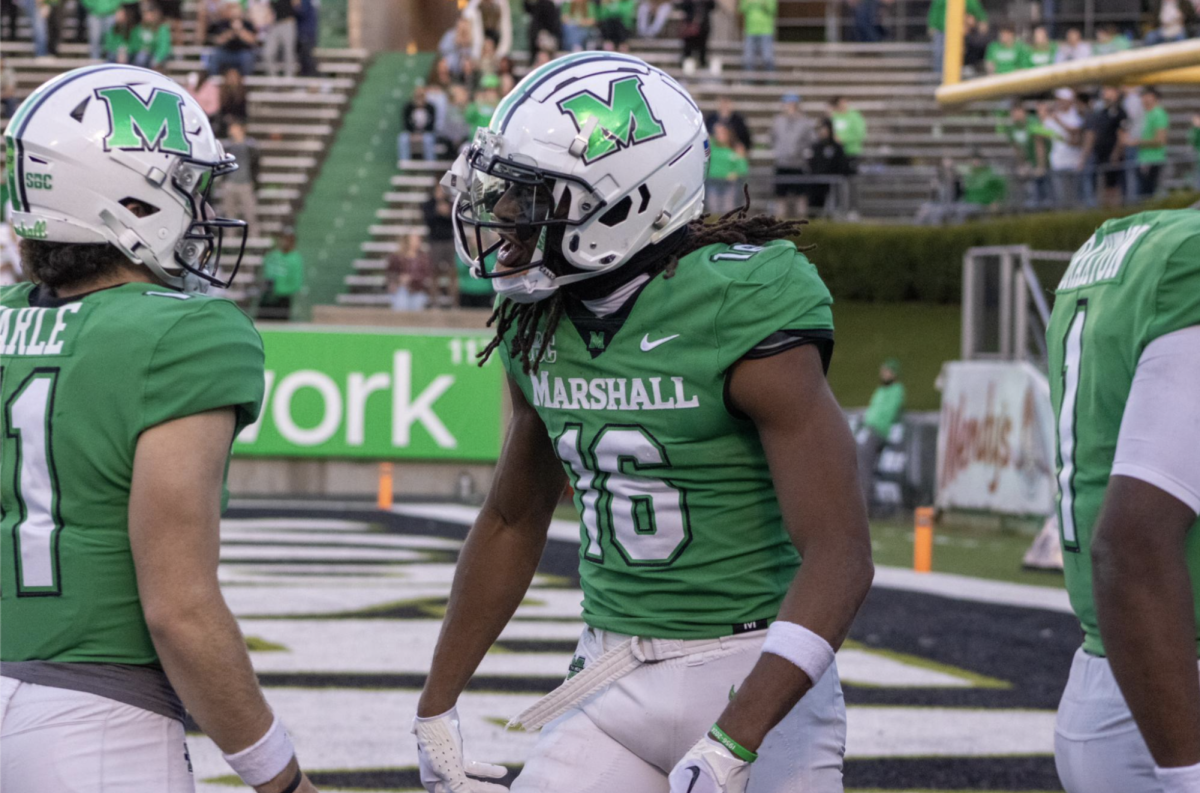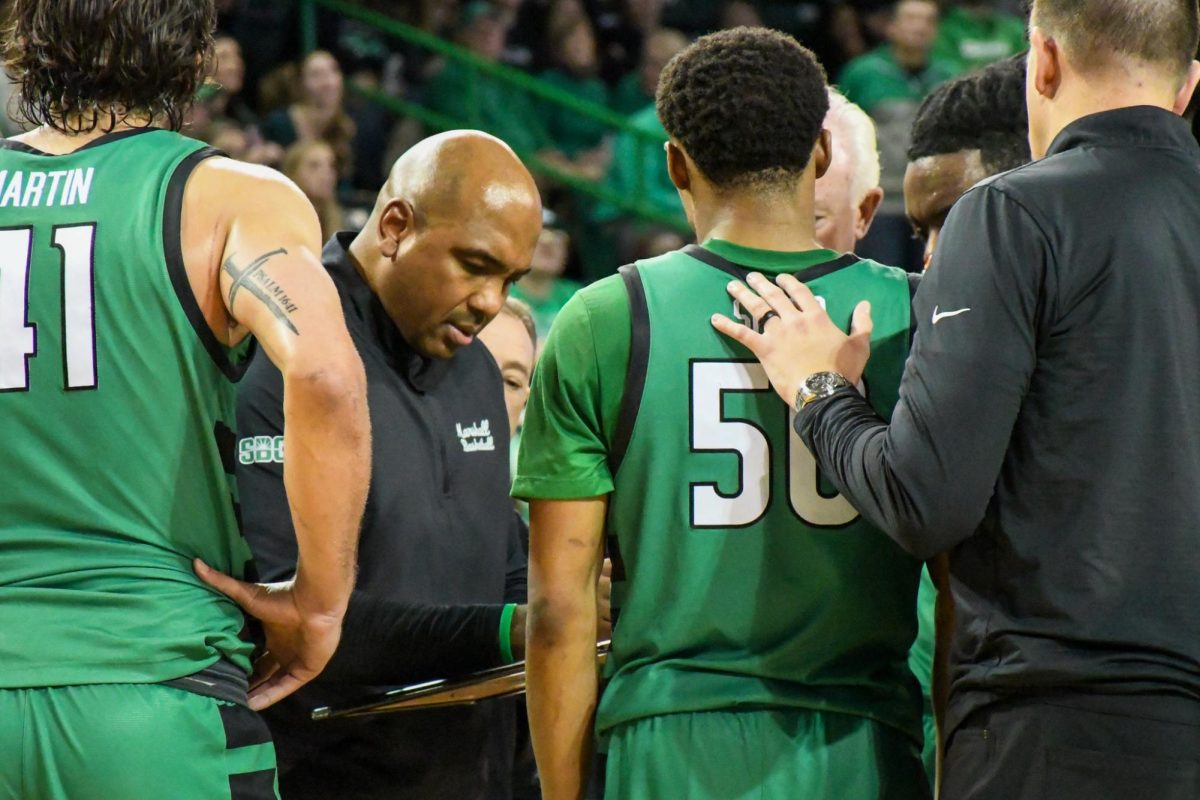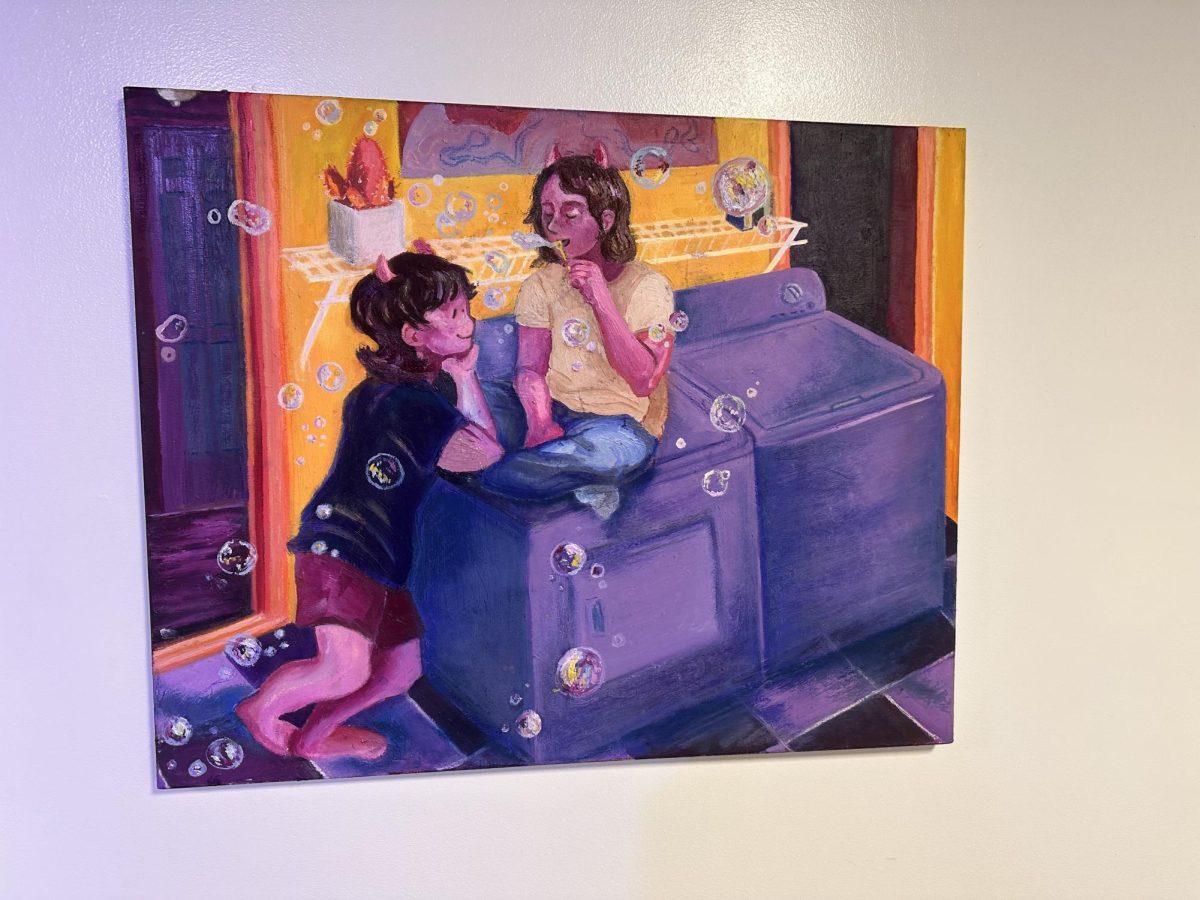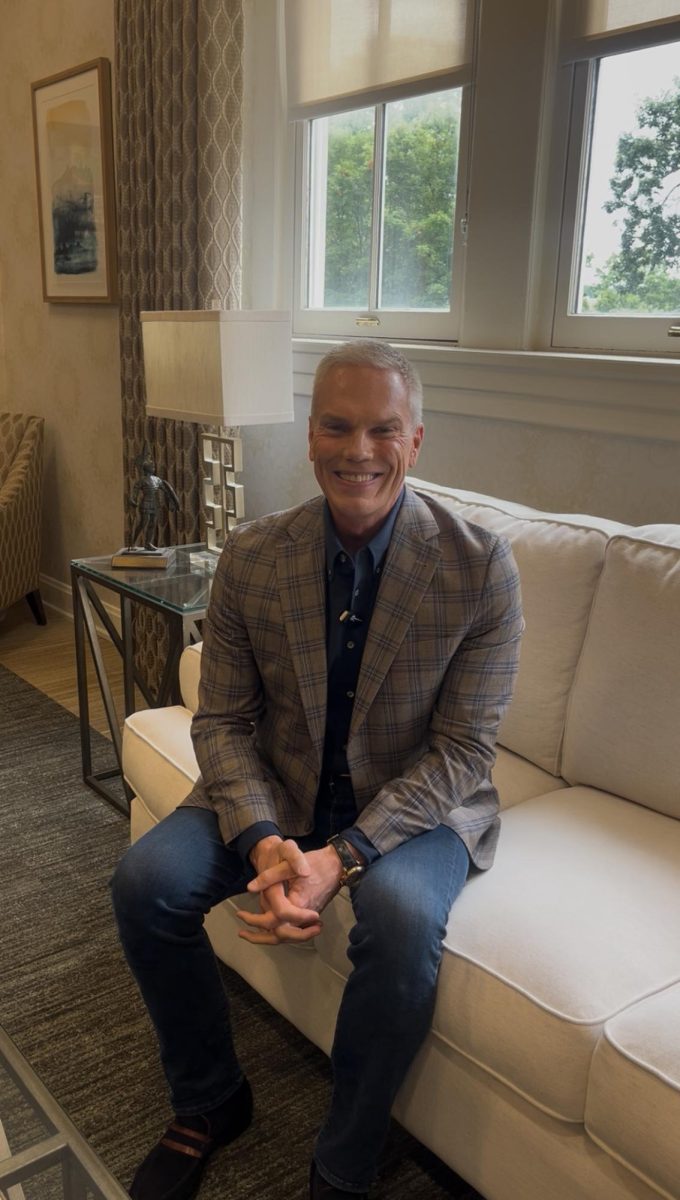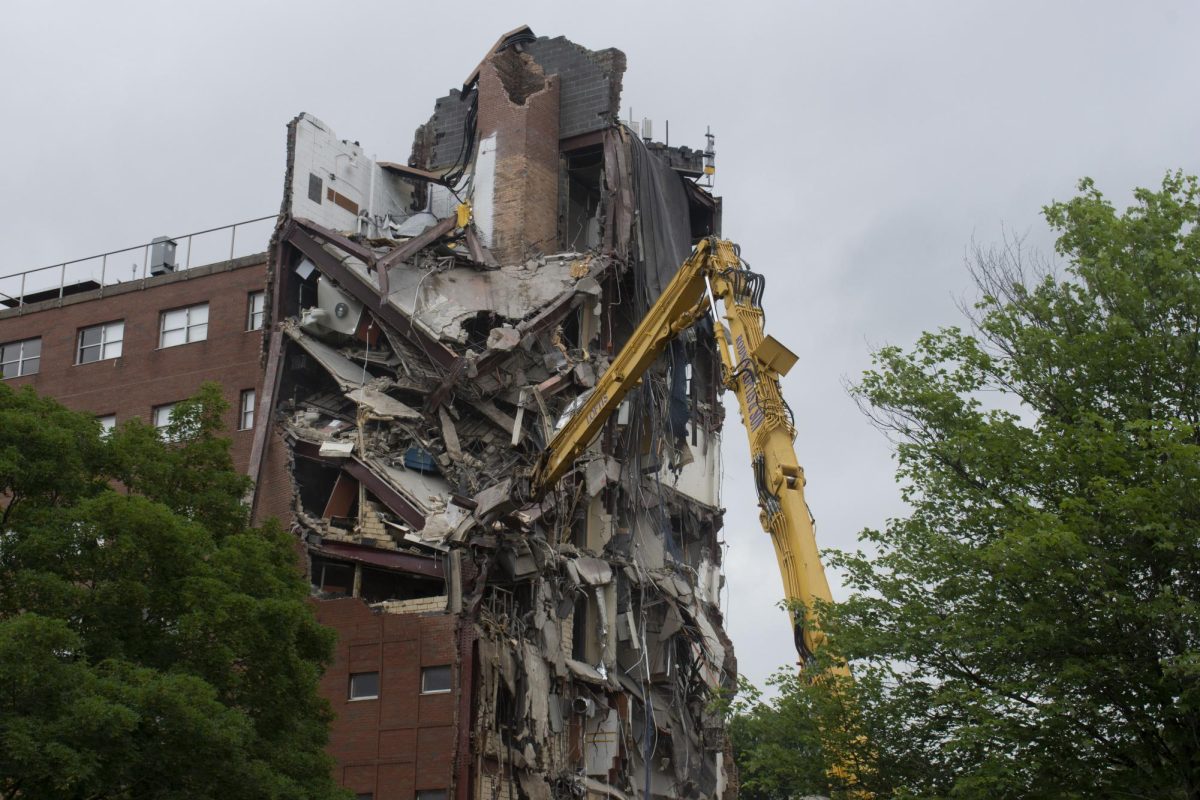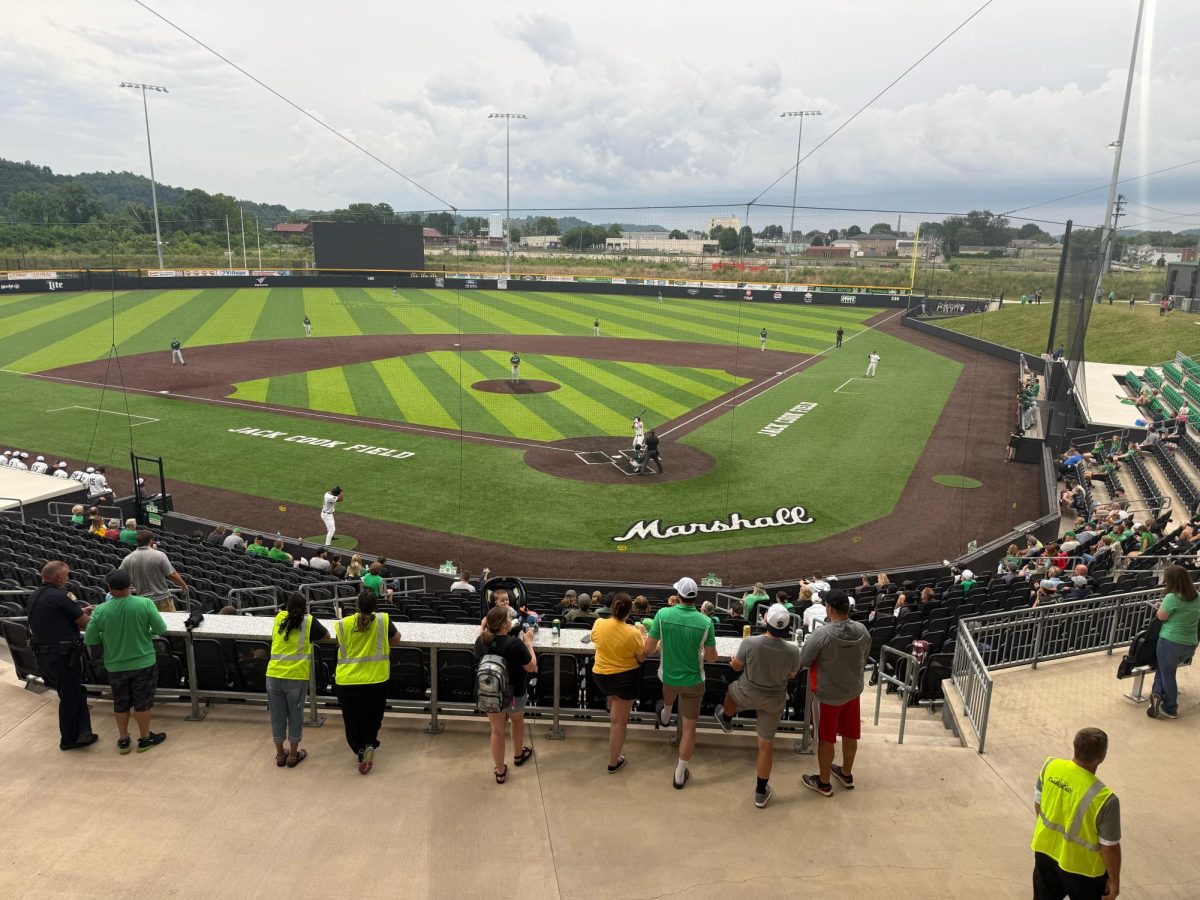The Science Behind Masks and the Way We Listen
Pedestrians wearing protective masks walk along Broadway in the SoHo district of New York, Friday, March 4, 2022. Mayor Eric Adams announced in a morning news conference that the city will be scaling back of COVID-19 mask and vaccine mandates.
March 9, 2022
From the classroom to the local Starbucks, people have been struggling to hear one another during the pandemic. Masks have muffled voices and made them more difficult to hear according to Jodi Cottrell, program director of the Luke Lee Listening, Language and Learning Lab as well as the Department of Communication Disorders.
“The masks muffled sound. So, one thing that I noticed was, well, these masks… especially the cloth ones, you can tell a big difference… We don’t need to measure anything to be able to tell just through listening that my voice is much more muffled now than it is when I am wearing this particular mask,” Cottrell said when demonstrating the difference between a KN95 versus a surgical mask.
Cottrell brought along research conducted by Dave Gordey, the current director of clinical research and professional relations for Oticon A/S—a company that designs, manufactures, and sells hearing aid products. His research showed the effects different kinds of mask had on sound.
“They used different masks and they put them in a sound booth and… this particular computer called KEMAR to provide information from, and they measured what the sound was coming from each different mask. Basically, what they found was obviously the worst-case scenario is going to be like a KN95 or an N95 mask with a face shield,” Cottrell said.
Cottrell described the problem as no one knowing which mask was truly the worst for sound. The study clearly showed the KN95 muffled sound more than the rest, but as someone who works with children that are deaf and hard of hearing, Cottrel had to determine what would be the best option for them. They found out that the face shield—which many anticipated to be the best—proved the worst option for them.
“A lot of people thought-Well the face shields they are not blocking, they’re still open… but we can wear a face shield. They will still be able to see our face and then it’s not blocked so it won’t sound as muffled. But actually, what these studies found—and if you have ever listened to someone talk with a face shield on—their speech was actually… it was harder to understand,” Cottrell said.
She also said that the face shields do not muffle sound the way a mask does necessarily, but they instead distort the sound. The face shield creates an echo off the solid piece of plastic that distorts the sound.
The study concluded that the surgical disposable mask muffled sound the least, which makes it the best option for teaching according to Cottrell.
Cottrell went on to say that the problem goes both ways, however. Not only do her students struggle to hear her but she also strains to hear them.
“The one thing I have noticed too with them is that if they (students) are wearing cloth masks or certain masks, I have a hard time hearing what they are saying as well. As an instructor teaching, I find it very interesting because someone will start talking and I have no idea who it is because I can’t see their lips moving,” Cottrell said.
Cottrell is not the only professor who struggles with this, though. Professor Nicholas Shangler teaches French and said that teaching a foreign language with masks has proven a difficult task.
“It almost never happened before (the consistent repetition of instruction in class) and it’s an almost every class thing now… I have made use too of the plexiglass barriers that they gave us. Where, as faculty, we are allowed to remove the mask if you stand behind a certain portion of the barrier and I have been making use of that more just because I am more easily understood I think by students,” Shangler said.
This struggle comes with the question of if virtual class provides a better learning experience. The masks make communicating amongst classmates and professors more difficult. Would virtual courses make this problem better or bring along a whole new set of problems? Both Cottrell and Shangler agree that being in person with masks remains the better option.
“To be honest, I think that even with masks and some of the issues that they cause, face to face learning I still think is far more effective,” Shangler said.
The mask rules change daily across the globe, including here in West Virginia. West Virginia University lifted their mask mandate for all students and faculty, while Marshall’s most recent statement says the university will re-evaluate its policies again after testing students once they return from spring break.



